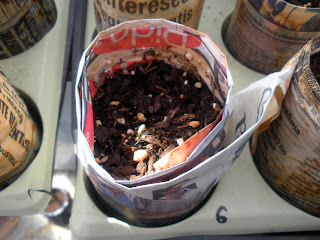A TEPARY BEAN DIET AND EXERCISE DELAYS INDICES OF TYPE 2 DIABETS IN FEMALE FA/FA RATS
International research (USA and Canada) in 2007 has proven significant role of tepary bean in diet. Their results indicate that tepary bean diet, with exercise, can decrase typical changes in weight gain, glycemic regulation and lipid profile. The adoption of tepary bean diet with exercise program in individuals showing signs of type 2 diabets would also likely serve to protect against psychological changes.

Research has been conducted on forty female Fatty Zucker (fa/fa) rats,
which were assigned to one of four treatment groups:
1) tepary bean diet and exercise
2) tepary bean diet
3) purified control diet and exercises
4) purified control diet
Legumes have been shown to protect against the development of type 2 diabets (T2D).
The study present an evidence of three main findings:
1. A tepary bean diet combined with exercise, despite 37% of calories from fat, results in significantly
less weight gain and mean body mass compared with fa/fa rats who were fed either a tepary bean diet alone, or control diet with or without exercise.
2. Exercise and the consumption of a tepary bean diet results in significantly
lower insulin concentration compared to control fed animals (...)
3. A tepary bean diet, with or without exercise, results in significantly
lower serum triglicerides and cholesterol relative to animals fed the control diet.
The tepary bean diet combined with exercise, in fa/fa rats, results in significantly
lower body mass and a decreased rate of weight gain compared to rats fed either a tepary bean diet alone or a control diet with or without exercise.
Research shown that rats fed a tepary bean diet have
19% less fat mass compared to control fed animals and that rats who are exercised and fed tepary bean have
30% less fat than control fed animals who were also exercised!
Those study also shown that
tepary beans are effective for curbing body mass and fat accumulation in an animal model that is genetically prone to obesity.
Article:
http://www.docstoc.com/docs/31043215/A-tepary-bean-diet-and-exercise-delays-indices-of-type-2-diabetes

















































